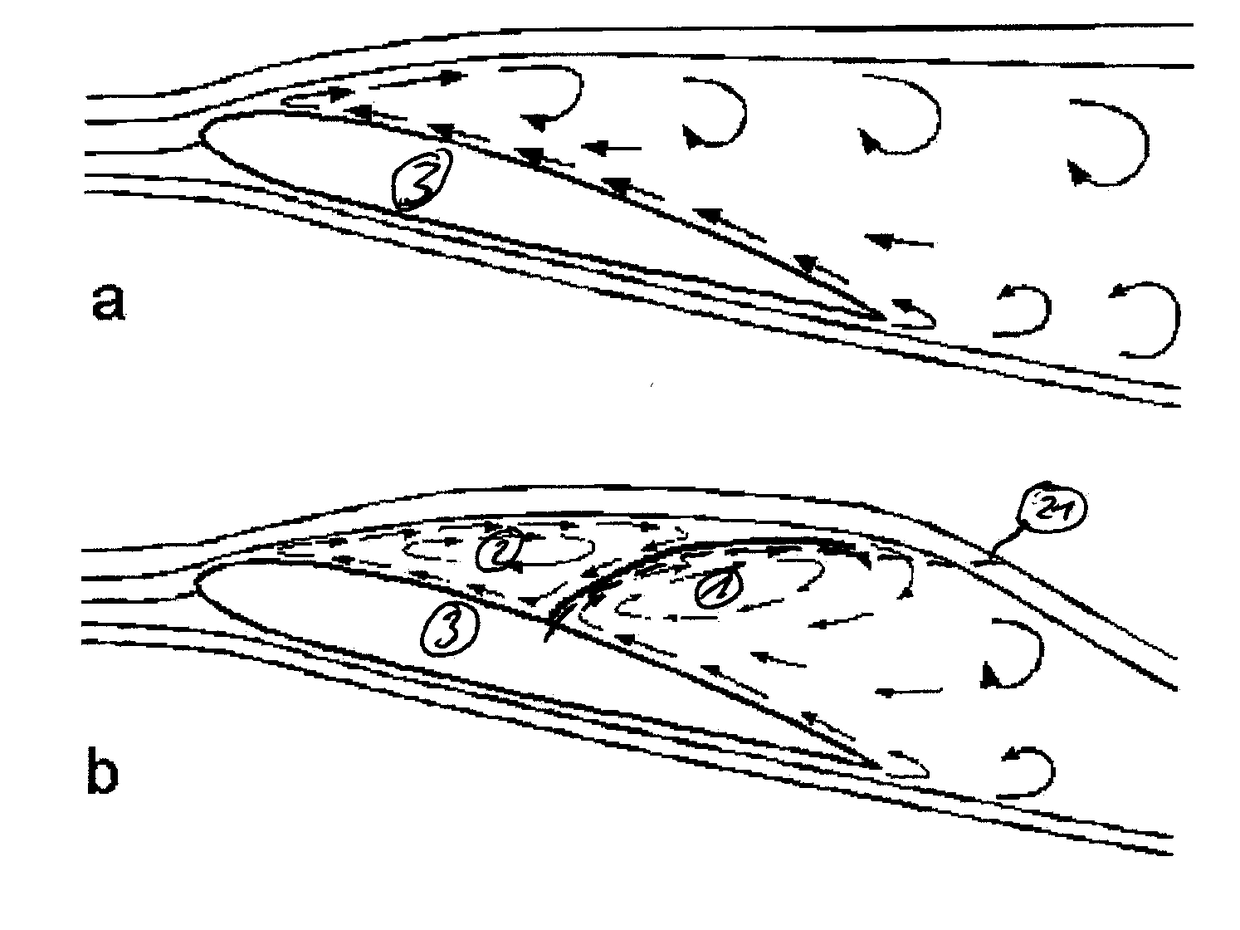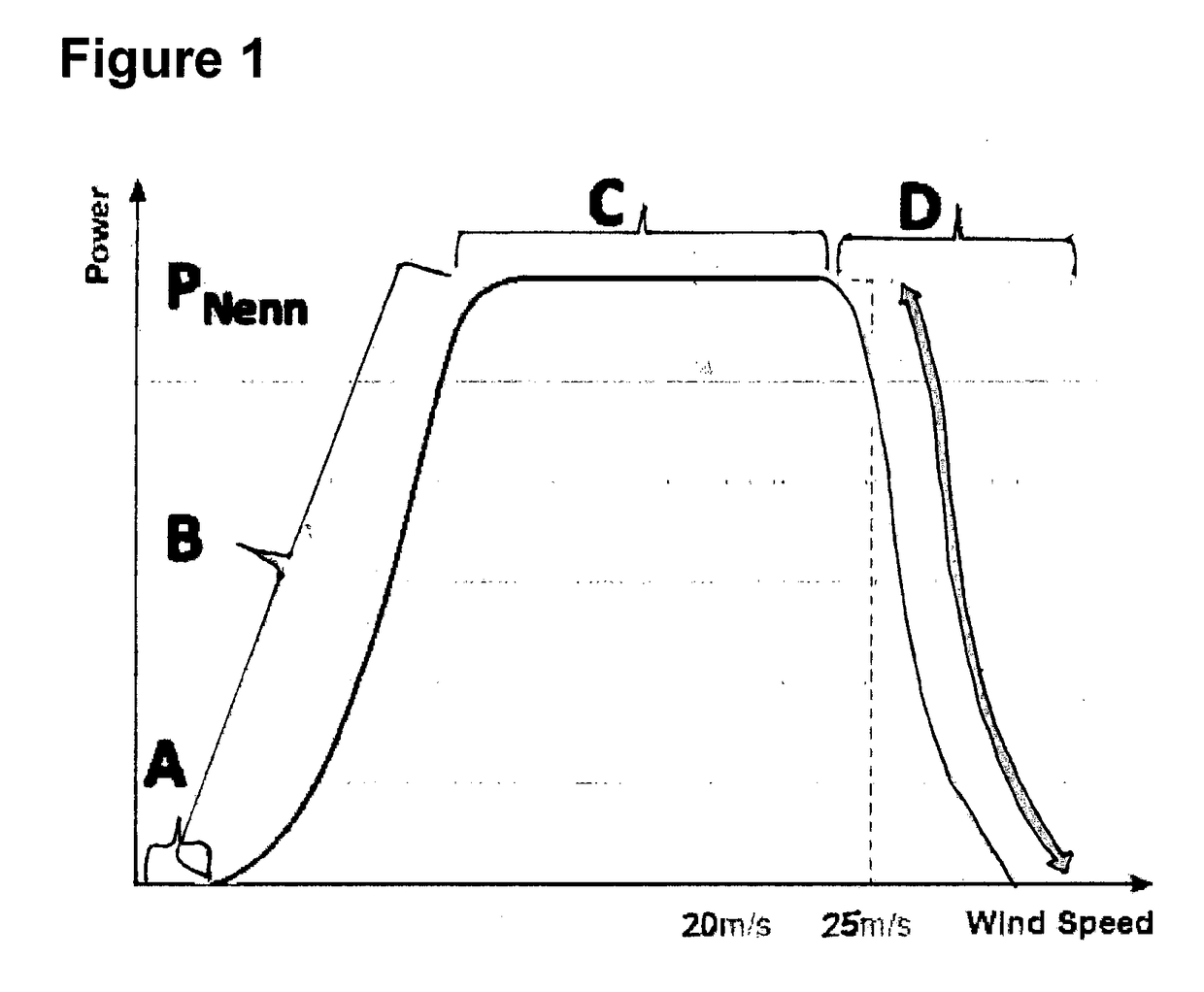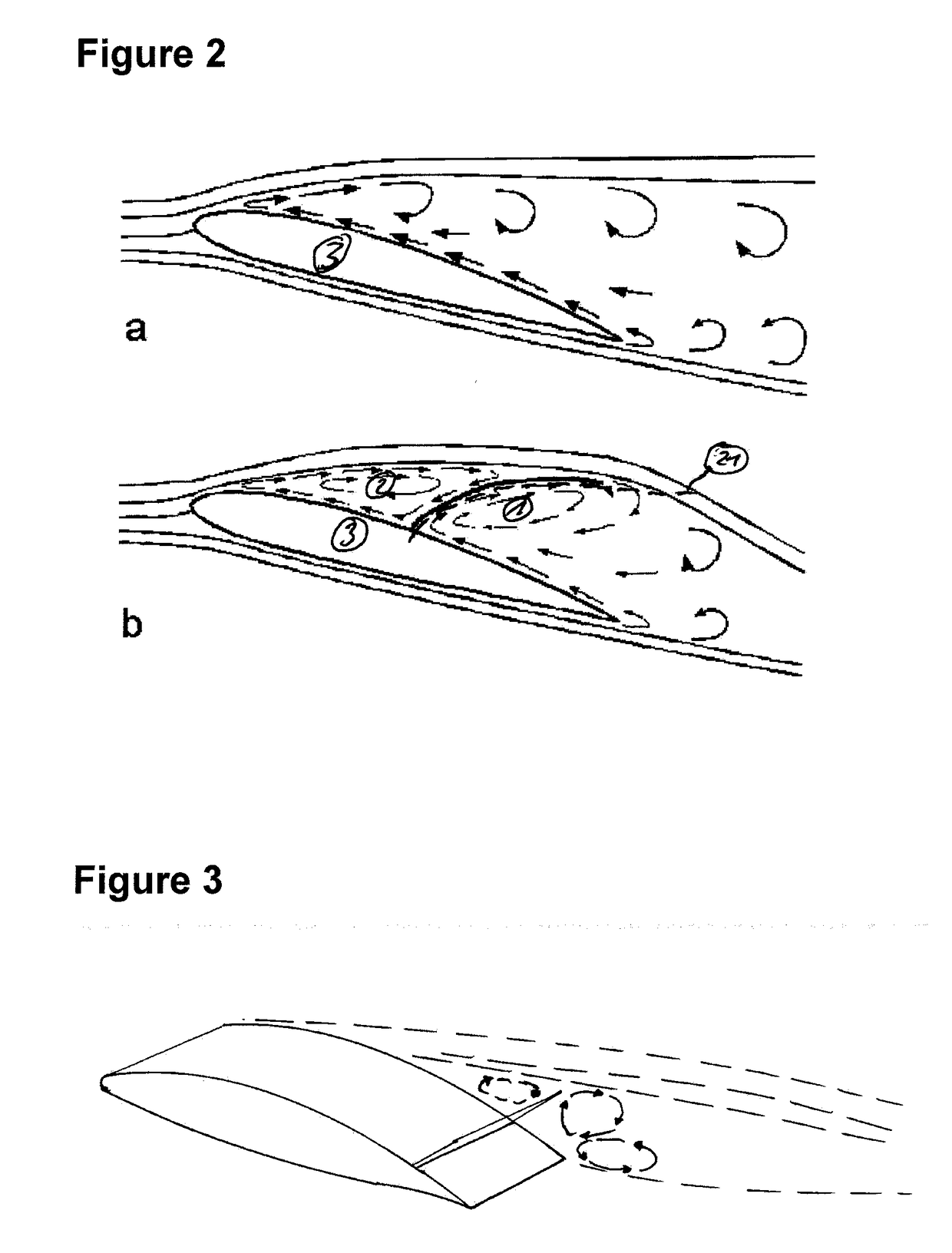Multi-functional flap used as a back-flow flap
- Summary
- Abstract
- Description
- Claims
- Application Information
AI Technical Summary
Benefits of technology
Problems solved by technology
Method used
Image
Examples
embodiment 18
[0475]Device , characterised in that the actuator (2) itself takes on at least in part a function of said aforementioned components (4).
[0476]67. Device according to any of the aforementioned embodiments, characterised in that the actuator (2) consists of a magnetorheological liquid / polymer and a magnetic-field-inducing element, preferably a magnet and / or an electric coil, particularly preferably of an electric coil in the fluid-filled space / hose (10).
[0477]68. Method of a hydraulic and / or pneumatic and / or magnetorheological actuator (2) without a piston, for generating a 2- or 3-dimensional actuator movement (11) and actuator force, in which[0478]a) the entire actuator (2) takes on a possible first position, for example a folded-up rest position, preferably a low-pressure position, and[0479]b) said actuator is moved into a second possible position, for example removed by 90 angular degrees, a folded-out working position, by a rotational movement (11) generated for example by overpr...
embodiment 21
[0480]69. Method , characterised in that the 2-dimensional actuator movement, in particular an actuator rotational movement (11), of up to approximately 90 angular degrees, particularly preferably up to approximately 180 angular degrees, brings about the at least one 1-dimensional movement and / or gripping of components (4) such as technological devices of any type.
[0481]70. Method according to any of embodiments 20 to 22, characterised in that the arrangement of a plurality of actuators (2) of this type leads to a 2- or 3-dimensional movement (11) of the entire actuator (2) and the components (4) and / or devices (19) to be moved, for example in artificial hands, robot arms or artificial limbs / prostheses for humans and animals.
[0482]71. Method for manufacturing the parallelogram actuator (2) according to the invention, characterised in that it is manufactured by the following steps:
producing the faces / walls (6, 7, 8) to appropriate dimensions
producing one or more hose(s) / sheath(s) (10...
PUM
 Login to View More
Login to View More Abstract
Description
Claims
Application Information
 Login to View More
Login to View More - R&D
- Intellectual Property
- Life Sciences
- Materials
- Tech Scout
- Unparalleled Data Quality
- Higher Quality Content
- 60% Fewer Hallucinations
Browse by: Latest US Patents, China's latest patents, Technical Efficacy Thesaurus, Application Domain, Technology Topic, Popular Technical Reports.
© 2025 PatSnap. All rights reserved.Legal|Privacy policy|Modern Slavery Act Transparency Statement|Sitemap|About US| Contact US: help@patsnap.com



